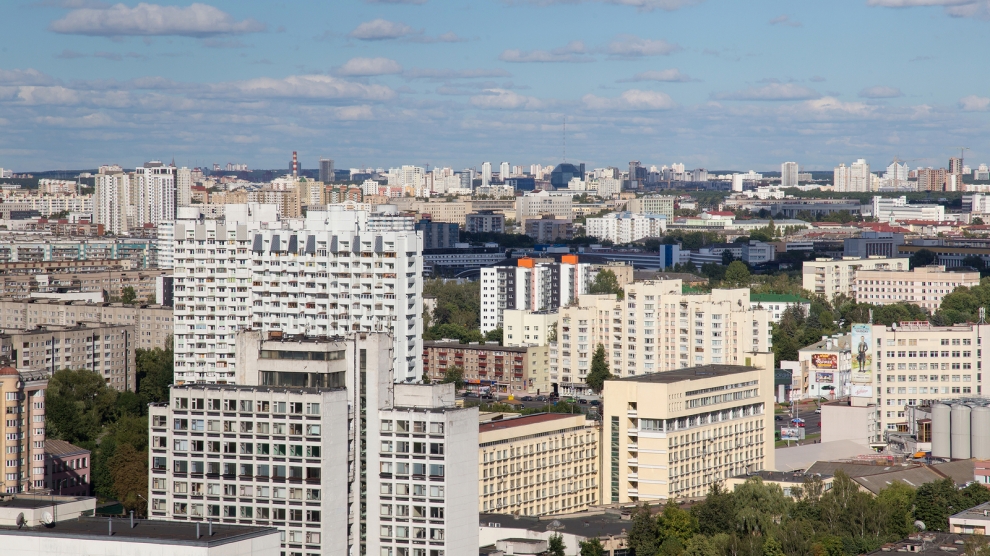Belarus wants to attract more foreign investment to six regions outside the capital city Minsk and plans to set up business promotion councils in each of the six oblasts.
“A protocol signed by President [Lukashenko] includes an instruction to set up business promotion councils in every oblast and every district, and we should trace the problems that businessmen face in the course of implementation. A continuous dialogue between the government and business is important,” said Alexander Turchin, chairman of the Business Promotion Council, speaking on the Belarus 1 TV channel. “I hope that these councils will include representatives of both big business and individual entrepreneurs, and that they will be headed by people respected in the area. We must complete this work within the next two months,” he added.
Foreign direct investment (FDI) in Belarus’ regions is significantly lower than in the country’s capital, which enjoys special administrative status. The Mogilev region – which includes Belarus’ third biggest city with a population of 354,000 – attracted around 950 million US dollars in FDI over the past five years.
“Mogilev Oblast attracted such a large volume of investments thanks to a favourable investment environment. It is not by chance that the Mogilev Oblast is among the best regions in Belarus in terms of enabling favourable conditions for business,” said Vladimir Domanevsky, governor of the Mogilev Oblast.
According to the oblast’s administration, nearly 50 big investment projects are currently being implemented in the region and the Mogilev Free Economic Zone (FEZ).
The Mogilev FEZ has become a driver for investment in Mogilev Oblast’s economy. Servolux (Mogilev District), Belzarubezhstroy (Krichev), Technonicol (Osipovichi) and other private companies are the region’s largest firms with most products set for export.
“Thanks to our active foreign economic policy and promotion of Belarus’ products on new markets, we ensure a trade surplus in goods and services, which reached almost 1 billion US dollars in 2017. This is one of the highest figures in the country,” the governor added.
According to the National Statistical Committee, in October 2017 there were 412 active companies in the six free economic zones. The Minsk FEZ had 112, the zones in Gomel, Brest and Grodno between 69 and 77, and Mogilev and Vitebsk — 39 and 37 respectively. Despite having fewer active companies, the number of employees working in the Mogilev FEZ was the second highest in the country (after Gomel-Ratton) and totalled 23,833.
The World Investment Report says that in 2016 Belarus attracted total FDI worth 1.25 billion US dollars.






Add Comment